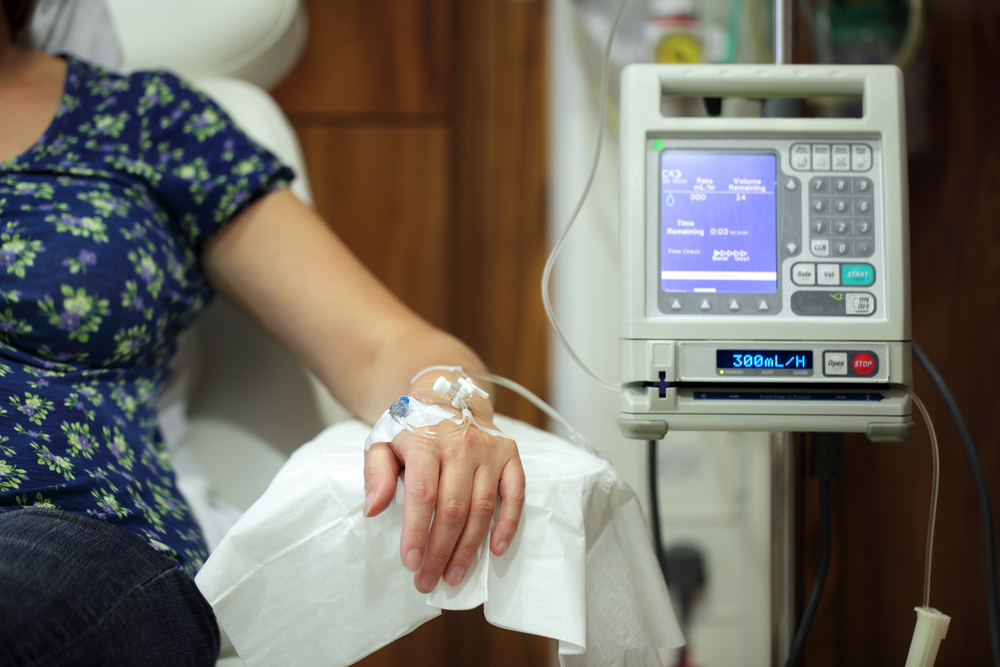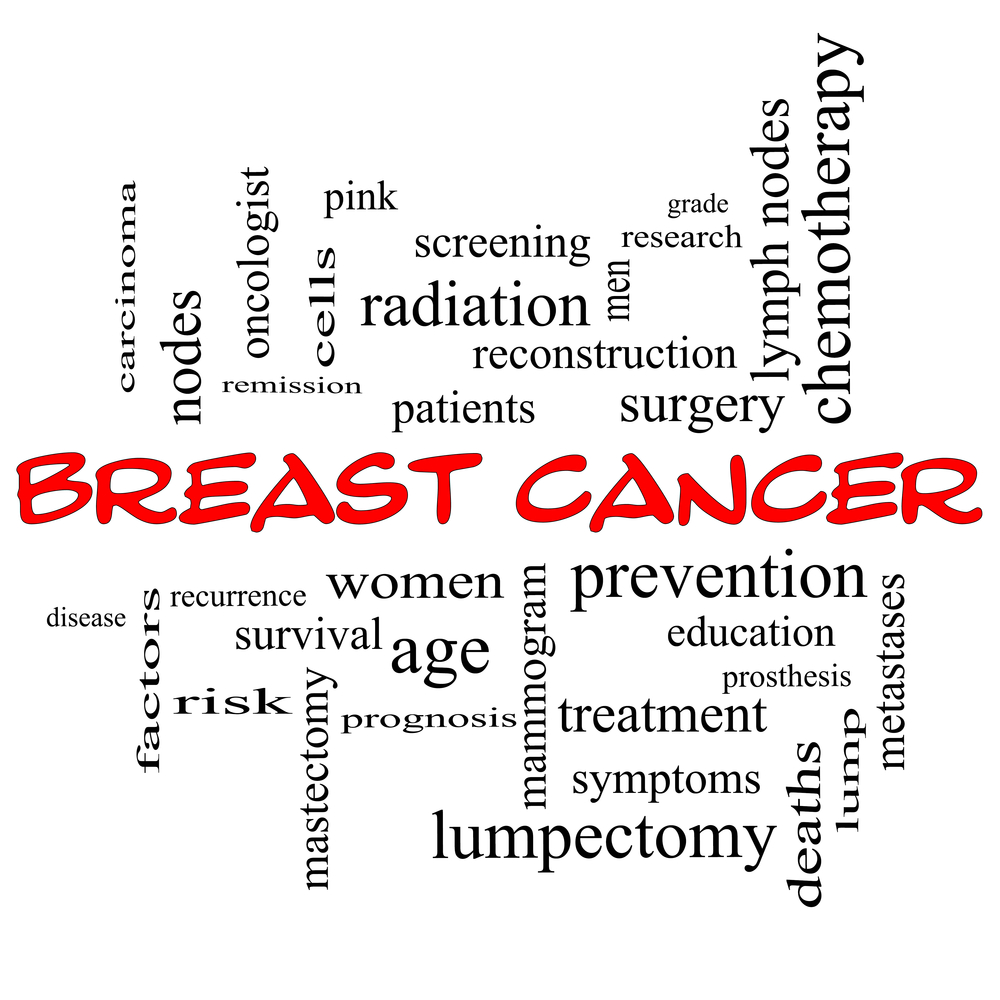Comprehensive Guide to Breast Cancer Treatment Options
This comprehensive guide explores breast cancer treatment options, including local and systemic therapies. It emphasizes the importance of multidisciplinary care, personalized planning, and informed decision-making. Effective management hinges on understanding treatment goals, potential side effects, and patient-specific factors. The article highlights necessary collaborations among specialists such as surgeons, oncologists, radiologists, and support staff to optimize outcomes. Early diagnosis and tailored treatment strategies are crucial in improving prognosis and quality of life for breast cancer patients.

Comprehensive Guide to Breast Cancer Treatment Options
Breast cancer involves the growth of malignant cells within breast tissues. Family history significantly increases the risk, as does inherited gene mutations linked to the disease. Advances in medicine have led to effective treatments targeting these genetic factors. Women over 30 are particularly vulnerable. Common symptoms include nipple inversion, lumps, or nipple discharge.
Next Steps in Management
Following diagnosis, prompt and informed treatment choices are essential.
Open communication with healthcare providers is vital. Selecting a knowledgeable and approachable doctor can facilitate better decision-making.
Understanding treatment goals and potential side effects helps patients and families make informed choices alongside their medical team.
Multidisciplinary Care Team
Depending on the cancer’s characteristics, a specialized team manages treatment.
A radiation oncologist administers targeted radiotherapy for breast cancer.
Surgical oncologists or breast surgeons perform procedures like lumpectomies or mastectomies to remove tumors.
Medical oncologists utilize chemotherapy, hormone, targeted, and biological therapies to treat cancer systemically.
Reconstructive plastic surgeons assist with tissue repair or rebuilding post-treatment.
The treatment team often includes mental health professionals, nurses, and social workers to support holistic care.
Localized Treatment Approaches
Targeted therapy that treats cancer confined to specific areas, such as the breast or nearby lymph nodes, without extensive systemic impact.
This approach aims to eradicate residual cancer cells and prevent recurrence.
Procedures include biopsy, lumpectomy, mastectomy, and lymph node removal—often combined with radiation for advanced cases.
Effective local treatment is critical for eliminating residual disease and improving prognosis.
Systemic Therapy for Advanced Breast Cancer
Necessary when the cancer has spread beyond the local area.
Involves drugs that target cancer cells throughout the body, administered orally or through injections.
Combination regimens such as chemotherapy, hormone therapy, or targeted treatments are common.
Side effects vary but generally subside after completing therapy.
Tailored Treatment Strategies
Approaches depend on the cancer type, its stage, and patient-specific factors, including health status and personal preferences.
Special considerations are required for pregnant women, as treatment must balance health and fetal safety.










